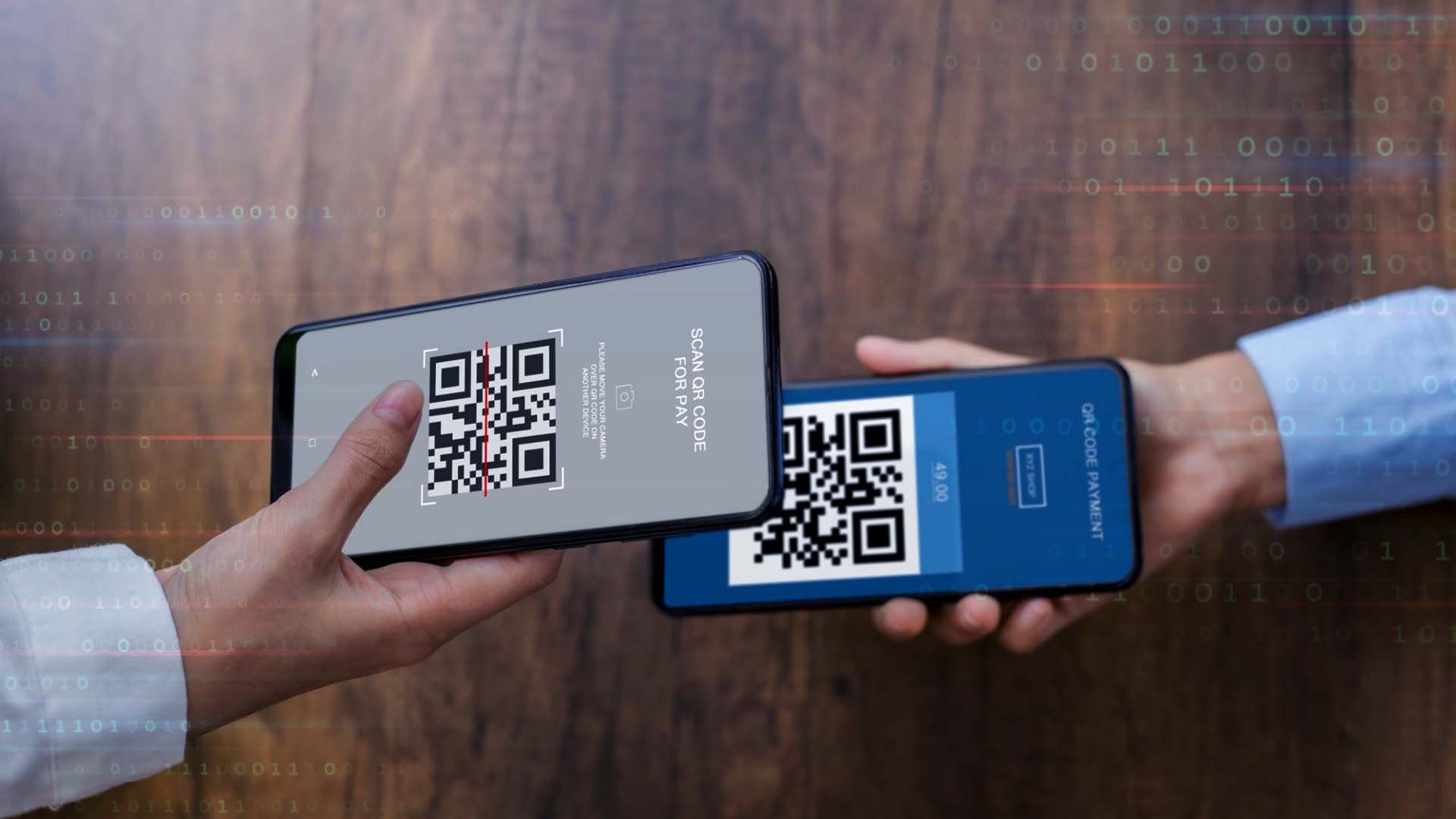While adoption has grown steadily in the region since the pandemic, QR Code payments remain low in the West: research.
A new study of South-east Asia’s payment market has predicted that the volume of QR code payments will increase from this year’s 13bn to 90bn in 2028.
The researchers think that this uptrend will be “largely down to the financial inclusivity that QR payments offer; enabling unbanked users to access digital payments. Conversely, Western markets have seen very limited adoption; highlighting the global divide in QR payment markets.”
National QR code payment systems include India’s UPI and Brazil’s Pix, and the researchers predict significant growth-to-market volume will come from cross-border interoperability within South-east Asian markets as they are “now unifying across borders; enabling wider interoperability”, with the following cited examples:
- Indonesia, Malaysia, and Thailand have already unified their payment standards; enabling businesses to accept payments from international visitors using their domestic digital wallets.
- Singapore and the Philippines are set to collaborate by the end of 2023; further unifying payments across the region.
In the Western part of the world, the adoption of QR payments remains low, according to the study by Juniper Research. Data analyzed have indicated that the area of QR P2P bank transfers has gained significant traction since 2022, with Belgium’s Payconiq and Spain’s Bizum being used by a significant proportion of users.
Furthermore, Revolut and Vipps MobilePay have been promoting P2P and business-based QR solutions across Europe through reduced transaction fees.
QR code payments can exist in two forms:
- Merchant-presented mode, which involves the merchant displaying a QR code that is scanned by a customer’s smart device to initiate a purchase.
- Consumer-presented mode, where the payment method is facilitated by a customer that presents a generated QR code on their device which is scanned by the merchant.
In recent years, scammers have been known to tamper with QR codes to hijack payments, and many national cybersecurity agencies have issued public warnings to consumers to be on the lookout for suspicious links and printed QR Codes before committing to any digital payment or process.



